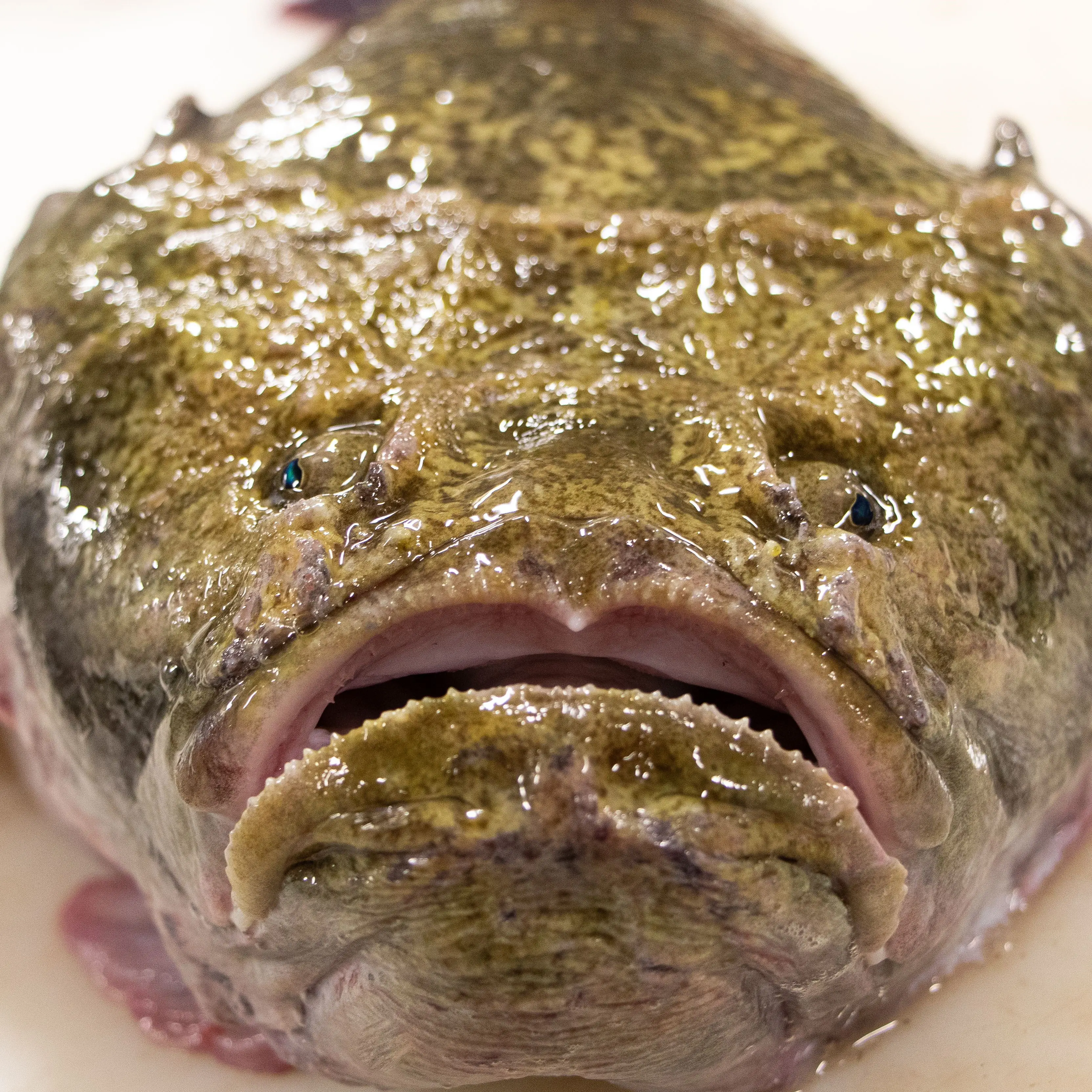Giant stargazers
When burying your head in the sand brings results
The giant stargazer, Kathetostoma giganteum, is another fantastic critter we met during our deep-sea surveys. With its ridiculously wide, flattened head, massive pectoral fins and disproportionately small tail, it looks like an artist had way too much fun with their interpretation of a prehistoric fish. Their name comes from their upward-facing eyes, though as they have been found as deep as 900m below the surface, a view of the stars is a long way away.
And as with all the best quirky critters, the giant stargazer is known only from New Zealand.
On top, they are a mottled olive-green, with off-white bellies. This colouration pattern is typical of many marine species, and is called countershading. The darker dorsal side means that they blend in with the ocean depths when predators or prey look down at them from above, while the lighter ventral side means they are better camouflaged against the sunlit upper waters when predators look up at them from below.

Above: A giant stargazer and its massive pectoral fins.
To hunt, giant stargazers are what are known as benthic ambush predators. They burrow into the sediment with just their eyes sticking out, and lunge upwards to grab whatever is swimming over the top. Squids have the unfortunate honour of being their favourite snack.
Next up: chimaeras, also known as ghost sharks. I like to think that both names were just so awesome that they couldn’t drop one.


